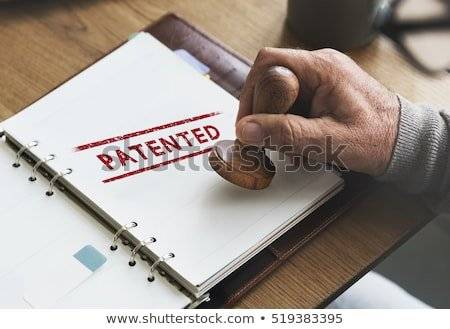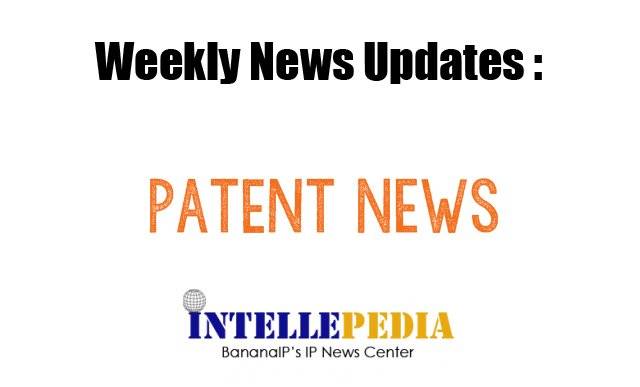This post was first published on March 1, 2010.
Claims draw the boundary to the invention that is being claimed. The boundary that is being drawn must be carefully done in order to ensure that the claims serve their purpose. The point here is that every claim must have a specific purpose and must be targeted to a potentially infringing product or process, or be targeted to protect a specific implementation (in case of defensive approach). In order for the practitioner…






